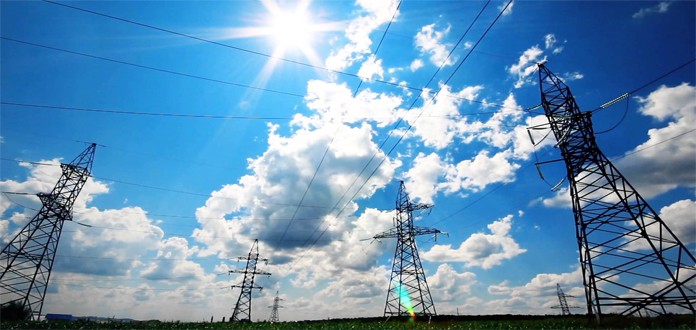Trends in Transmission and Distribution

In most of Europe and North America, the
electricity transmission and distribution grids reached maturity in the decades
following the Second World War. The network was
designed around central generating stations to power the grid. The grid was
developed to reach a majority of the population and provide a stable source of
electricity to industry and consumers, thus powering the growth of the post-war
economies.
This system has worked well for most of its
life. Currently, however, these countries are seeing a transition to new forms
of electricity transmission and distribution, as well as generation.
Additionally, much of the infrastructure that was put in place in the post-war and
subsequent years to develop the network is reaching the end of its useful life.
Undergrounding
The Netherlands and Germany are two
European countries to be seen as examples in undergrounding. The entire
distribution grid in the Netherlands, for example, is underground. Germany also
has policies in place to promote the undergrounding of the distribution network
and to use underground lines preferentially in new construction and expansion.
Even in transmission networks, these
countries are leading the way with policies aimed at putting the bulk of new construction underground.
With many new wind farms supplying electricity to the grid, both onshore and offshore,
the transmission networks are being expanded. Estimates in Germany are that the
grid will need to expand significantly by 2030 to meet the goals of renewable
energy policies. Various government schemes and incentives are promoting the
undergrounding of this expansion. In the Netherlands, as a matter of policy,
every new KM of the line must be underground, or it can be built aboveground
only if an equal length of cable is undergrounded.
Undergrounding does come at a higher cost
to both install and maintain. However,
underground transmission and especially
distribution cabling does offer greater protection against the elements
resulting in fewer weather-related
outages, and no need to maintain an overhead power line’s right of way with
regards to trees.



Comments
Post a Comment